9ft of snow?! I only experienced such deep snow in an urban setting while living in Connecticut for a year. I spent a few years in Oregon but the snow in the area never got so deep while I was there. When I was in the US I was not yet able to identify many fungi as I was mainly obsessed with animals (especially salamanders) back then, so unfortunately I did not really appreciate the diversity of fungi there. Although once in Oregon I did attempt to dye some socks using a wolf lichen (Letharia vulpina) and a pressure cooker. That did not end well.
Sal
I see. So it is not necessarily that their mycelium are better at surviving the freezing temperatures, but rather that either they fruit quicker once conditions are acceptable or that their fruiting bodies are more cold tolerant. Thanks, it's interesting.
Cool! I just read their wiki page and it says
A snowbank fungus, it is most common at higher elevations after snowmelt in the spring.
Snowbank fungus is a new term for me. Not sure yet what makes a fungus thrive through snow. Maybe they have anti-freeze proteins?
Does your area get a lot of snow?
Wow, those spores are so bumpy, they are very interesting! Thanks for sharing :D
Ah, I did miss this one! I am not sure that I was notified. This one would absolutely fit with the general theme, as it is a community about sharing useful math-based perspectives.
Hi! I’ve looked through /r/shittyaskscience and I think it leans too far into jokes with very little actual science content. The idea behind mander is to support specific, niche science-related communities, so a general joke-focused community doesn't really fit.
For 'science_memes', the mod is a very capable superstar and I agree with their vision of memes as a laid-back way to connect people to science. It’s plausible that a community like 'shittyaskscience' could achieve something similar, but honestly I think science_memes already covers that space well.
As for !askscience - it simply hasn’t been created yet. It would be more fitting than 'shittyaskscience', but I still prefer encouraging people to ask lichen questions in the lichen community, mushroom questions in the mushroom community, chemistry questions in the chemistry community, and so on. I support content flowing toward niche communities rather than having a centralized place for general questions. A general community would be more popular, but popularity isn’t a goal, and it works against the underlying philosophy. Niche spaces may be smaller, but they offer much better signal-to-noise for building meaningful connections.
Already finished Parenti’s Blackshirts and Reds a few days ago and and watched Parenti's speech. I am still going through the list, little by little. Great stuff, thanks !
but I will selfishly re-assert the importance of Dialectical Materialism
Ok, I will make sure I cover it then, I started this morning. Materialism is familiar to me and dialectics in the context of debate are also familiar, but 'dialectical materialism' is new. It has been about a decade since I put some dedicated effort in studying philosophy, and back then I mostly did morality, theology/metaphysics, epistemology, and philosophy of science. Economics and politics were not super interesting to me back then, but now they are, so it is a good time to revisit.
From a surface reading it makes sense that the resolution of conflicts that arise due to material conditions is one pathway to change. I am curious to understand how a framework is built from this concept and whether Marxist theory rigidly asserts this as the driver for change or if it is one important tool for building a perspective on class struggles but the framework accepts flexibility and complexity.
As for National Liberation, Frantz Fanon’s The Wretched of the Earth is the best Marxist explanation of it. National liberation against colonialism and Imperialism is seen as progressive, and the product of oppression, not the oppressors. Palestine, for example, is supported wholeheartedly against the Settler-Colonialism of Israel, including resisting genocide using force to do so. Oppression creates its own violent reaction, even if in a perfect world neither would exist.
I will leave 'National liberation' study for later as there is already enough on the plate. In the context of Palestine, the Palestinians need to do what they can do to survive. They have grown under an active genocidal campaign, they are direct recipients of unimaginable violence. I think it’s straightforward to frame this as a case of self-preservation. What is the alternative argument? That they should erase themselves?
What is arguably dangerous (I am not saying this happens in Marxist philosophy) is when an ideology recognizes, as an example, the 'Imperial Core' as the ultimately responsible entity of oppression and places everyone who benefits in some way, perhaps simply by being born in Europe or US, as part of the enemy. Someone can justify bombing civilians in a Western country using a robust and coherent ideological framework that is further justified by the violent injustices that they have experienced. When I think of an ideological framework that discusses violence, I’m interested in what mechanisms are in place to keep violence in check.
Make sense?
Yes, it does, very much so. Thanks a lot!
It is good to hear. For what it's worth, I just went through a bit of an exercise for Cuba trying to look for examples of the types of violence that they committed and also looked into some of the other groups that I associate with the concept of a "violent revolution" (ETA in Spain, IRA in Ireland, different groups in Yugoslavia). What I found is:
-
The groups that I associate with terrorism tactics are nationalistic, not fighting for socialism (at least not as a main goal).
-
The Cuban revolutionaries used guerrilla tactics that, from what I can find, did not use terrorism as a tool. Their enemies, including CIA-backed groups, did.
So, that's points in favor to Cuba.
When people say “kill the landlords” online, they are usually expressing frustration at the parasitic nature of landlordism, they are not announcing that they intend to kill grandma.
Good to know! Before the 2016 US election I would rarely choose the literal interpretation when reading statements like this online. When Trump was elected and I realized that people online were not actually being sarcastic and making jokes, I began to take online statements more seriously and literally. I still think there is a high probability that some people who write about violence online mean it literally. That doesn't necessarily reflect on Marxist-Leninists though, many ideologies/religions can be pushed to extremism, and it is not entirely fair to ask everyone not to use figurative language online.
I am half way through Wage Labor and Capital now. It is very interesting, I think that I will like Marx's Das Kaptial because I do like dense/analytical. I already have several questions but I will first read more and then see if I can get some help in the communities you mentioned.
Thanks! I had the chance to read a bit.
So far... Engels Principles of Communism says some sensible things to do if the government is trusted (for example, the concept of abolishing private property, inheritance taxes, etc...), but it is also makes some point that I find concerning. Specifically, the combination of the answers provided to "Q16: Will it be possible to bring about the abolition of private property by peaceful means?" and "Q24: How do communists differ from socialists?" concern me because Q16 suggests violence as a method and Q24 significantly broadens the scope of who is an enemy of the revolution, while still keeping it ambiguous. A call for violent revolution + ambiguity of who is the enemy is a dangerous recipe because it leaves a lot of room for "interpretation" and "nuance" that will probably lead to disagreement between violent factions.
I think of this mixture of call for violence + an ambiguous enemy in the context of what I see sometimes being posted to social media, including Lemmy. I have seen calls for violence against "owners" that often extends to small business owners and landlords, usually without distinguishing between a commercial entity as a 'landlord' and a grandma renting out a room. Sometimes I think this is just a figure of speech but sometimes I doubt and consider that these might be actual calls to action. So, then, when I see such a broad brush being used to paint the 'enemy' I get the impression that pretty much anyone benefiting in some way from these systems is an enemy if they do not immediately understand and fully embrace the revolution. A revolution, then, seems to ask the revolutionary to be violent against friends and families if living in a developed country. I find it difficult to imagine that a majority within a population would want to go through this process if they fully understand the implication. When a Engles writes about "the majority of the people", does this count every individual in the population, or only those who are friendly to the revolution?
As I continue I am curios of whether I will find find some robust method to distinguish between the 'proletariat' and the 'petty-bourgeois', and to find out whether I will keep my head during the revolution. It would be nice to find some ideas on how to achieve the goals without violence. I have also seen that many more modern philosophies are built on top of Marxism-Leninism (like Degrowth), so in any case I am certain I will get a lot of value out of this topic.
I also found that you are running a book club on Das Kapital, I will try to catch up.
Do you know of a community where I can ask questions about this topic?
Again, thank you very much for taking the time to respond in such depth. As I read what you write I think of more questions, but I think it is unfair that I continue asking when you have given me already a lot of explanation and study material. My questions will most likely be addressed in the material.
On my way home now I was thinking about what would be a good way to approach this study. At first I thought of picking Venezuela because it is a bit close but not too close to me. But from what you mention it seems like it might be a difficult one to start with. I have decided I will focus on Cuba first (well, once I am done with the pre-req theoretical background). I even made a small plan to follow, I'll try to visit Havana within the next few years.

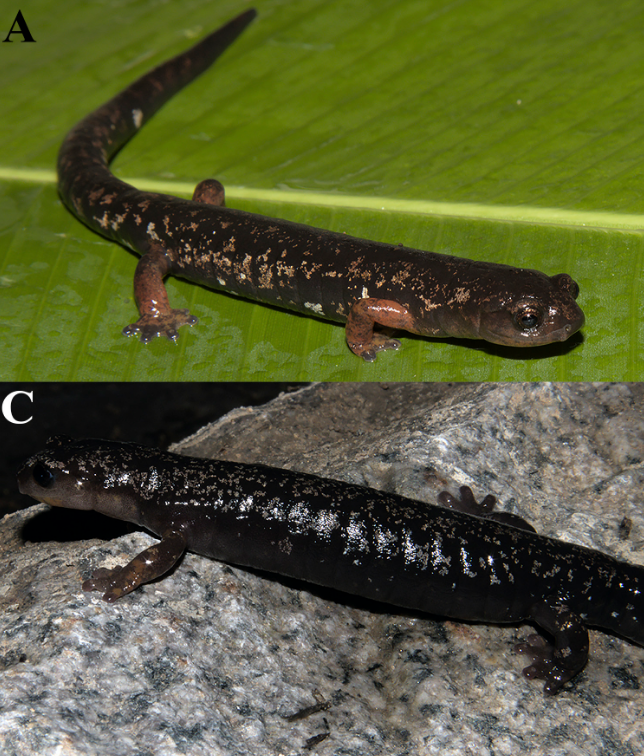






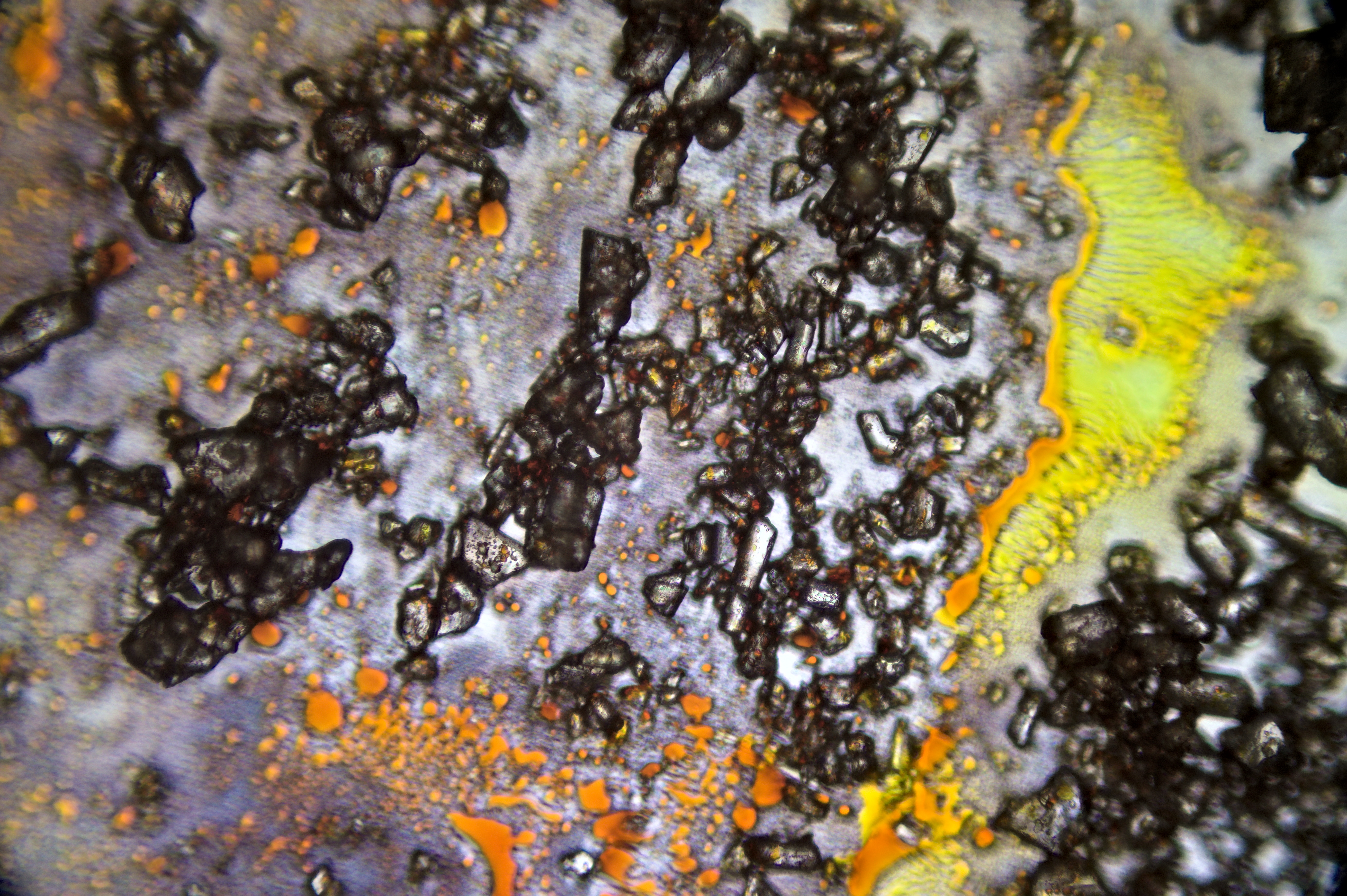











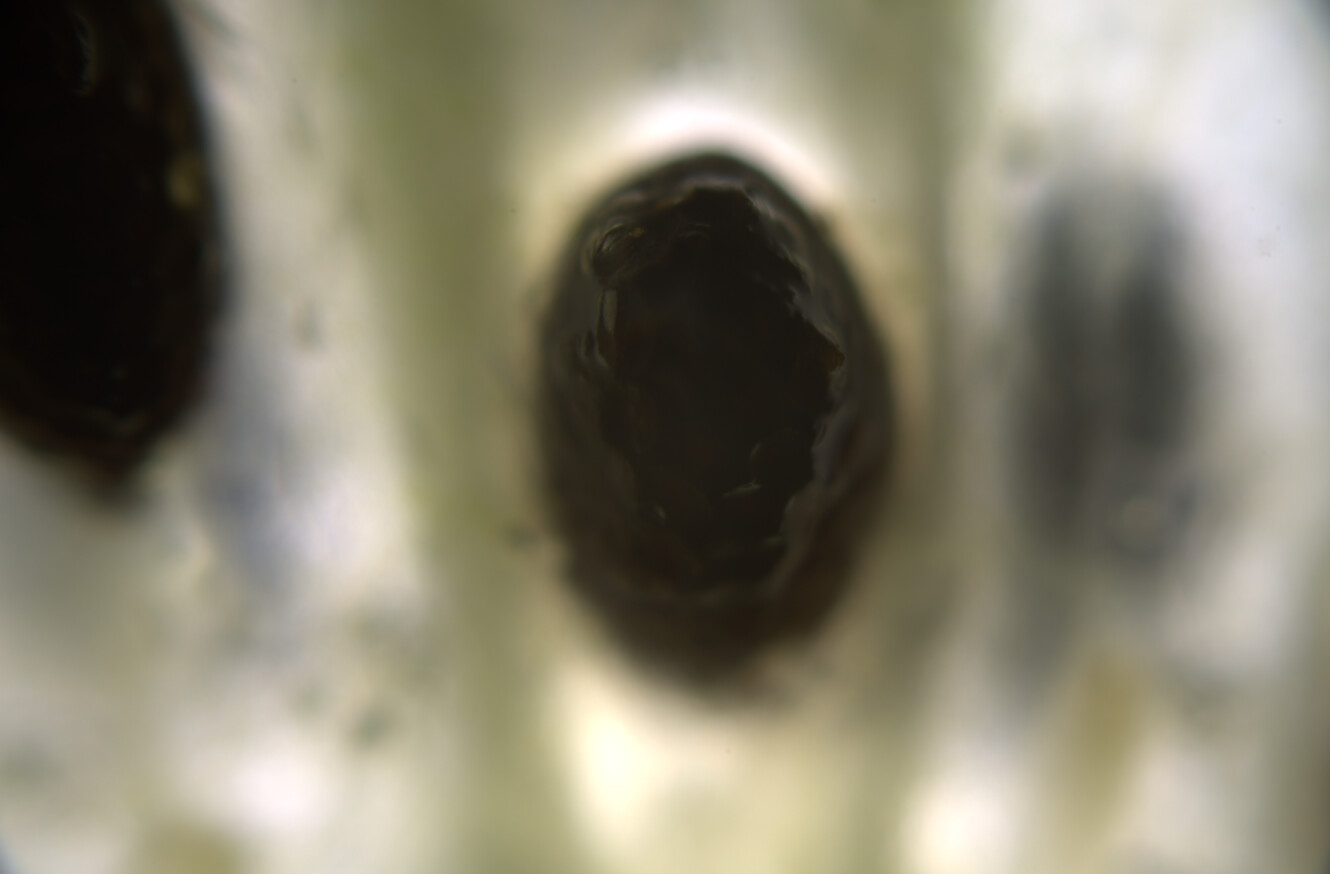


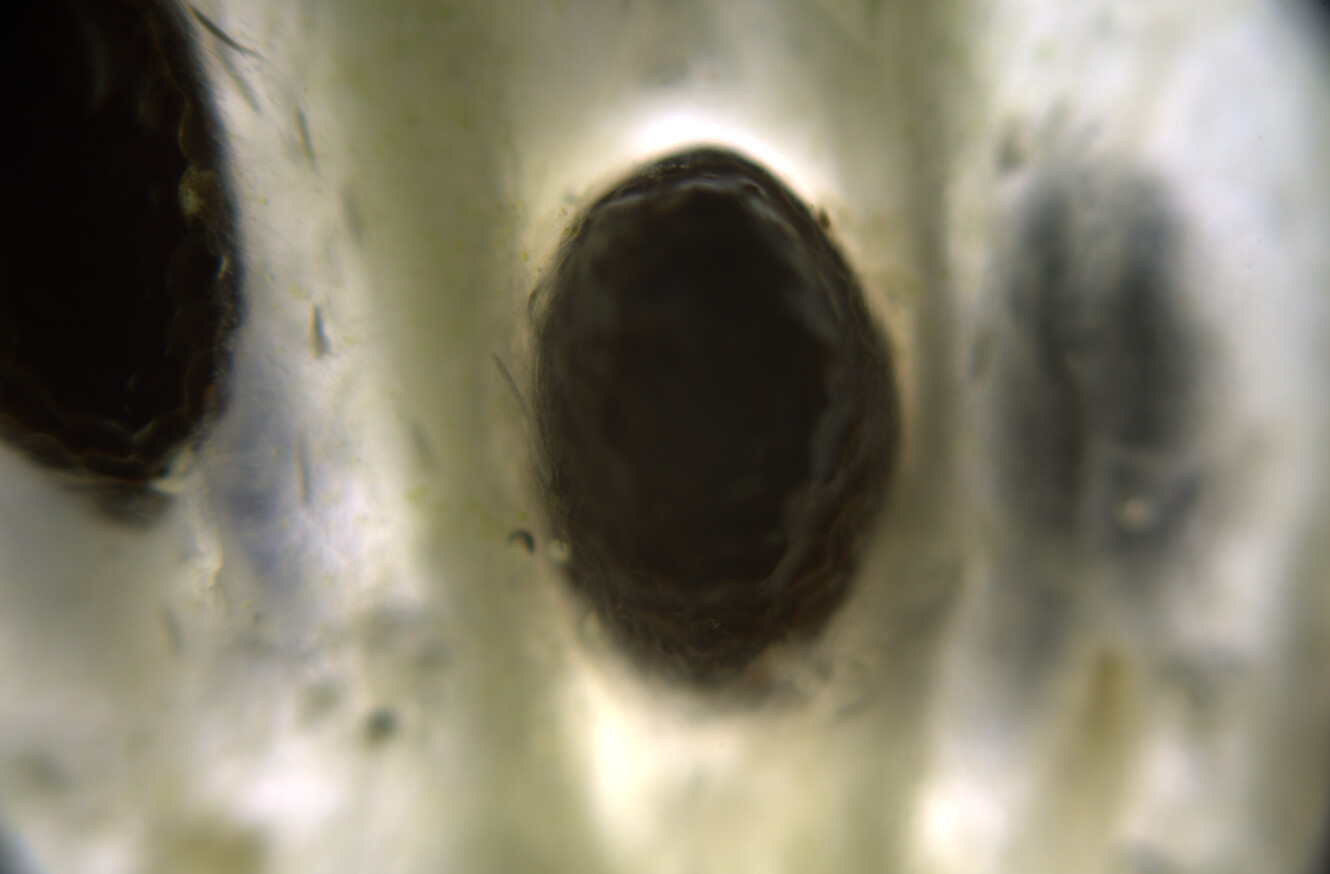


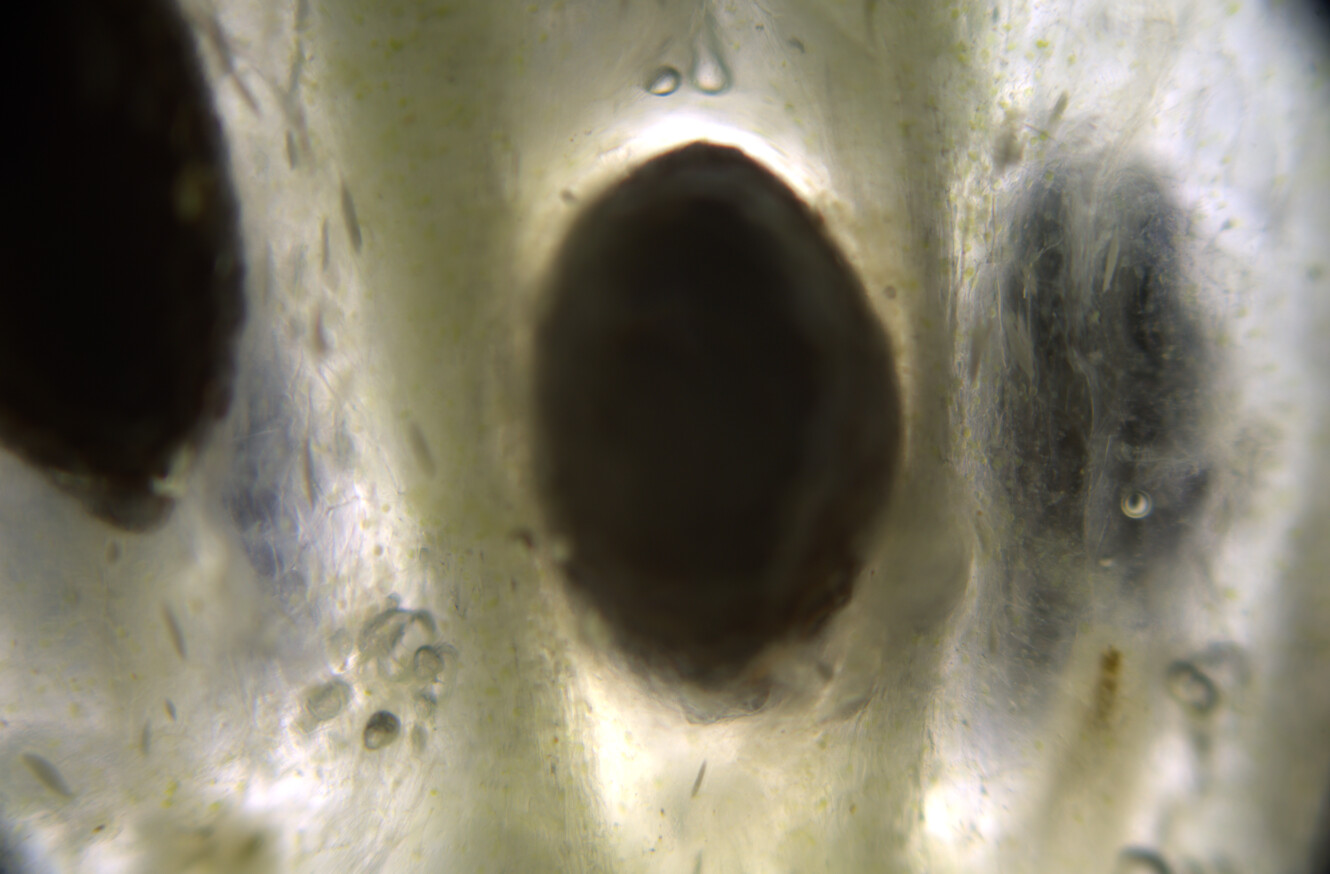

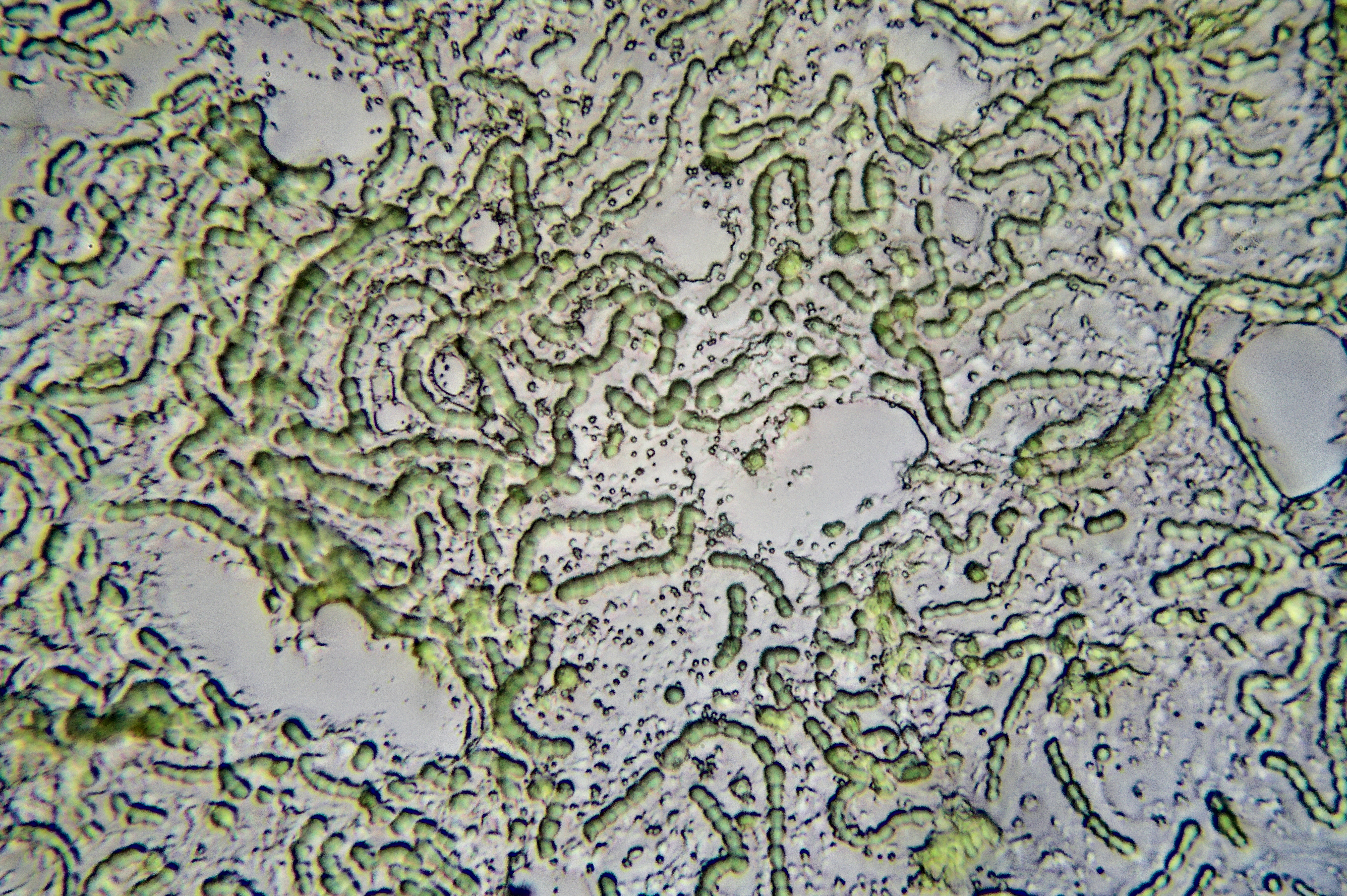










Would love to... When I was in Oregon this lichen was super abundant. At the moment I am living in Amsterdam (Netherlands), and I see mostly Xanthoria, Evernia, Rhizocarpon, and a few other lichen species that grow on city trees, but they are very small and spotty, nothing compared to the wolf lichen in Oregon. I do miss the Oregon forests with the old growth sequoia redwood trees and all that lichen.